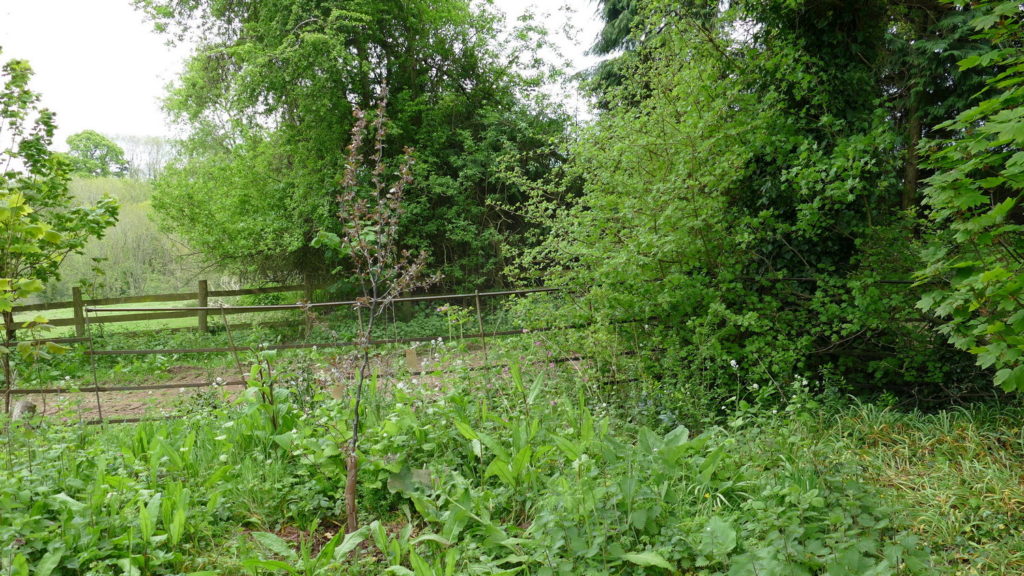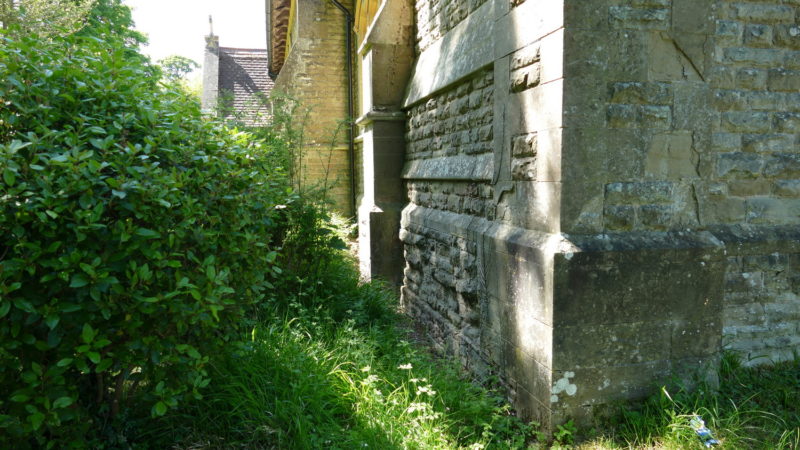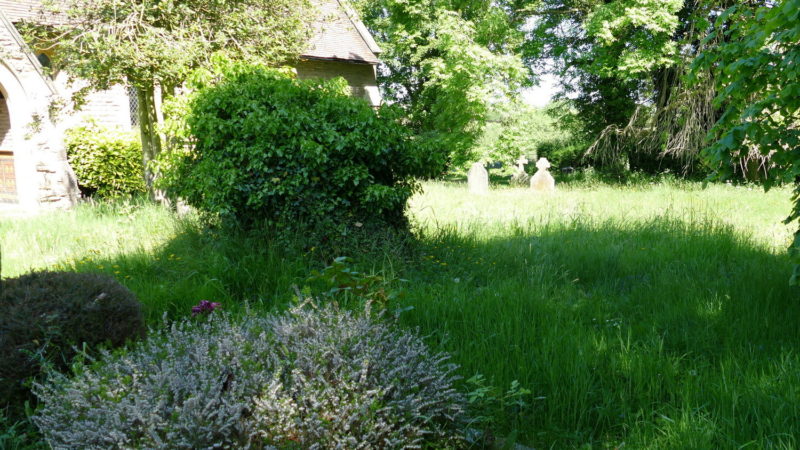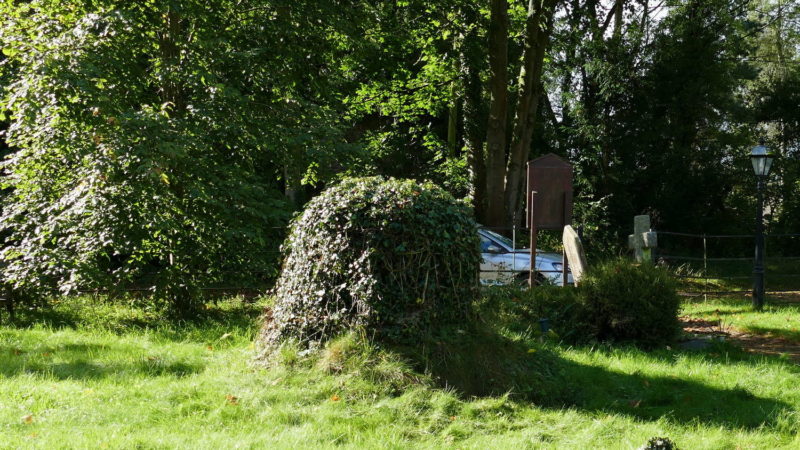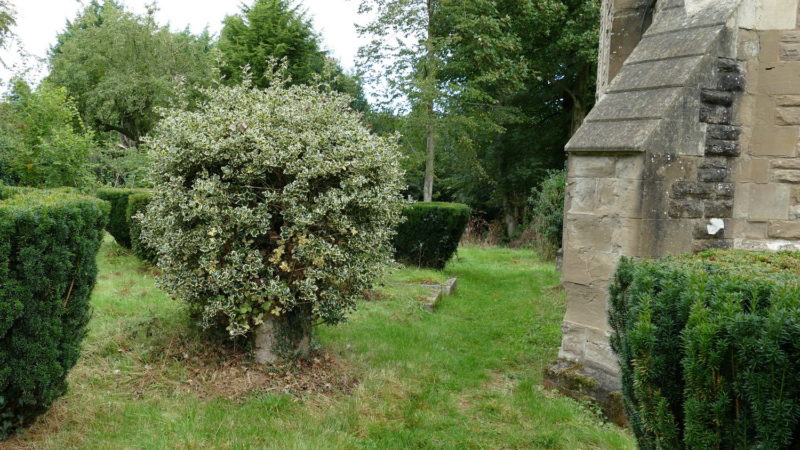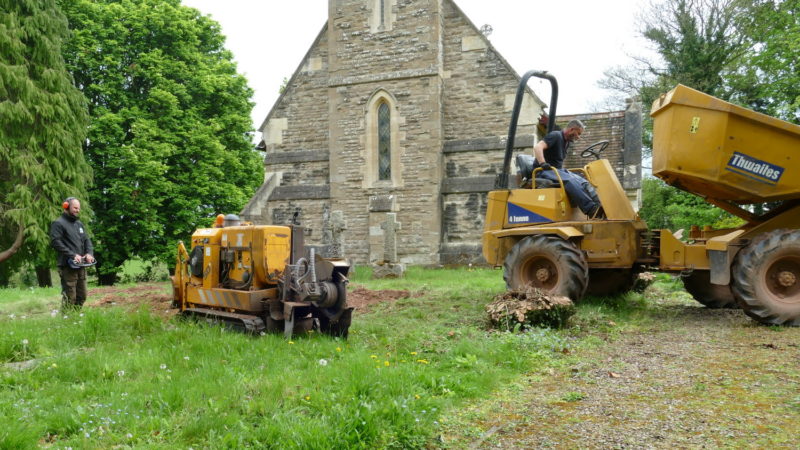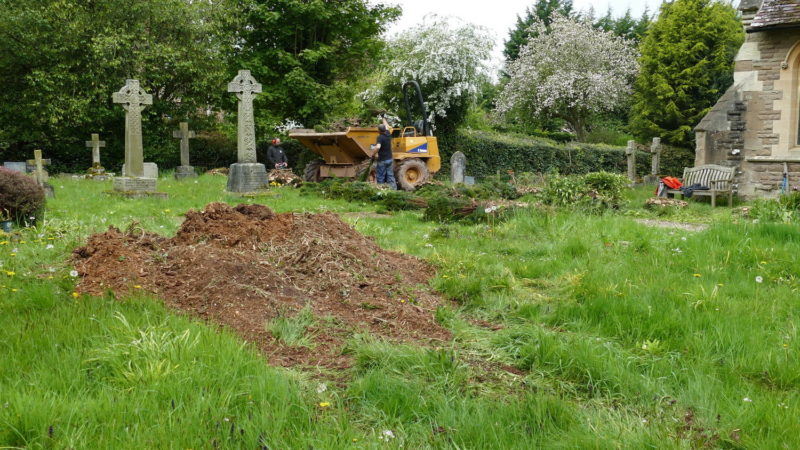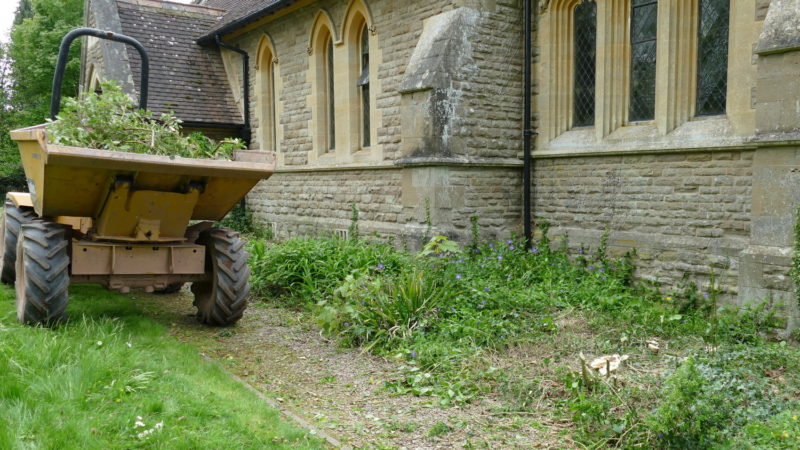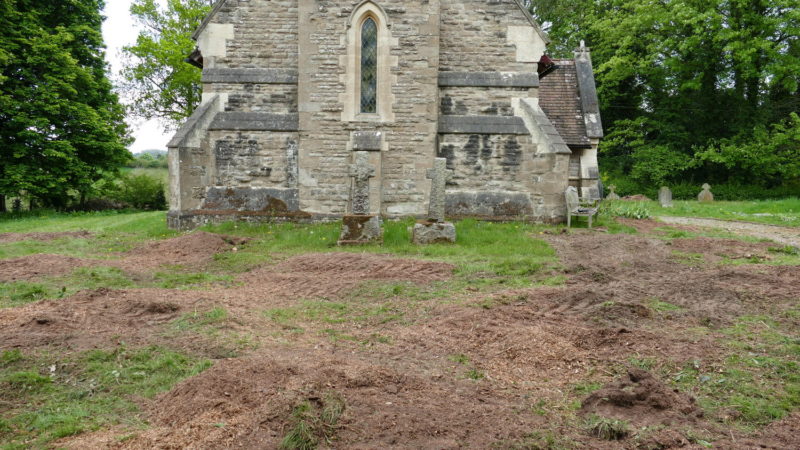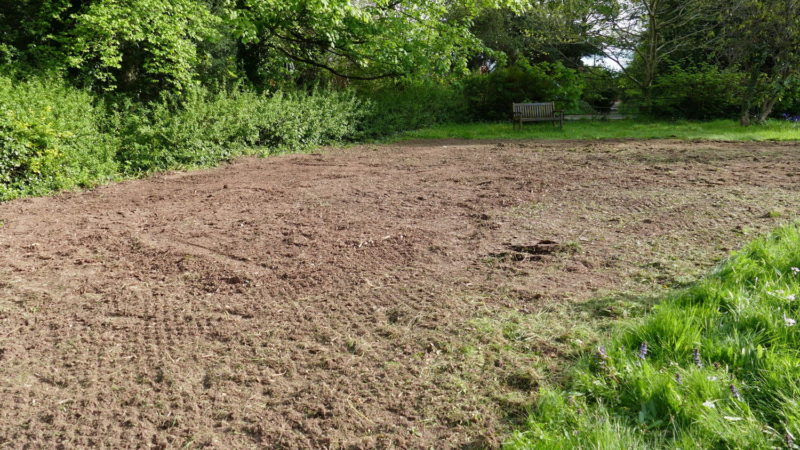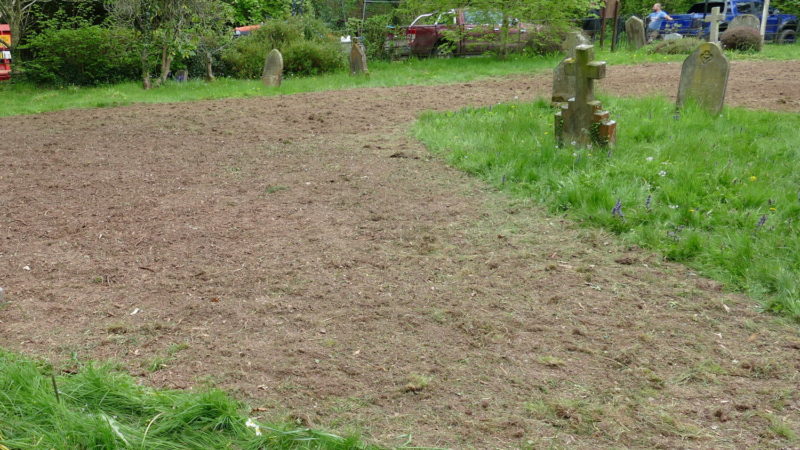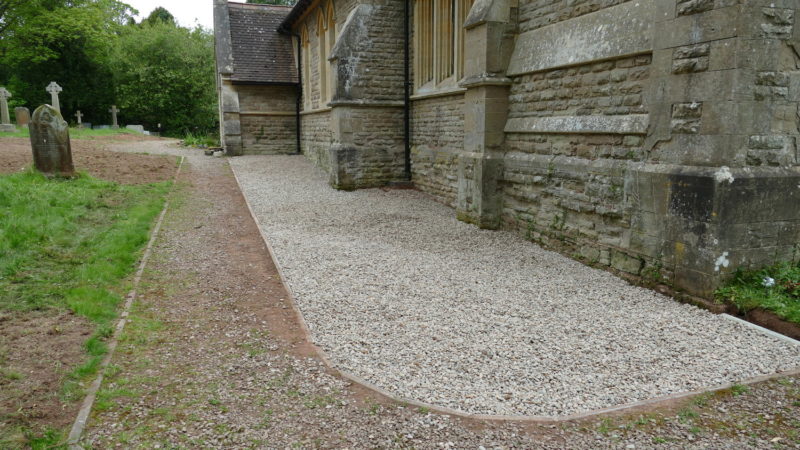During the pandemic it was realised that the grounds of St Bartholomew’s church were becoming too much for the faithful gardening team to handle. One of the issues was the regular clipping that the 15 yew trees needed. Over the years these trees have caused a detrimental impact on the church stonework to such an extent that control of their growth had become paramount to the survival of the building. After considering possible options, a difficult decision was made; the removal of the yew trees. At the same time as removing the yew trees several old stumps were also removed to make the access to the grassed area easier for the occasional mowing.
In Lower Sapey we consider ourselves as eco warriors and to this end we want to ensure that the carbon capture of what is growing in the churchyard is not reduced. It is planned that very low maintenance mixed hedging will be planted along parts of the east boundary which will have an equivalent carbon capture to the lost yew trees and will, in time, exceed that level of capture.
The churchyard before the start of the “Makeover”. This shows the shading on the south side of the church and some of the old stumps needing removal.
Work during the “Makeover”. Getting the heavy machinery into the churchyard was a bit of a challenge even for the experts as great care was needed when manoeuvring around the old gravestones.
Once the ground had been levelled fresh grass seed was applied together with a wild flower seed mix where the naturalising of a wild flower meadow is planned.
Looking to the future…
Although it was necessary to remove some trees, the wood still contains carbon captured over the years. Leaving the wood to decay naturally means that it will take decades for that carbon to be released again.
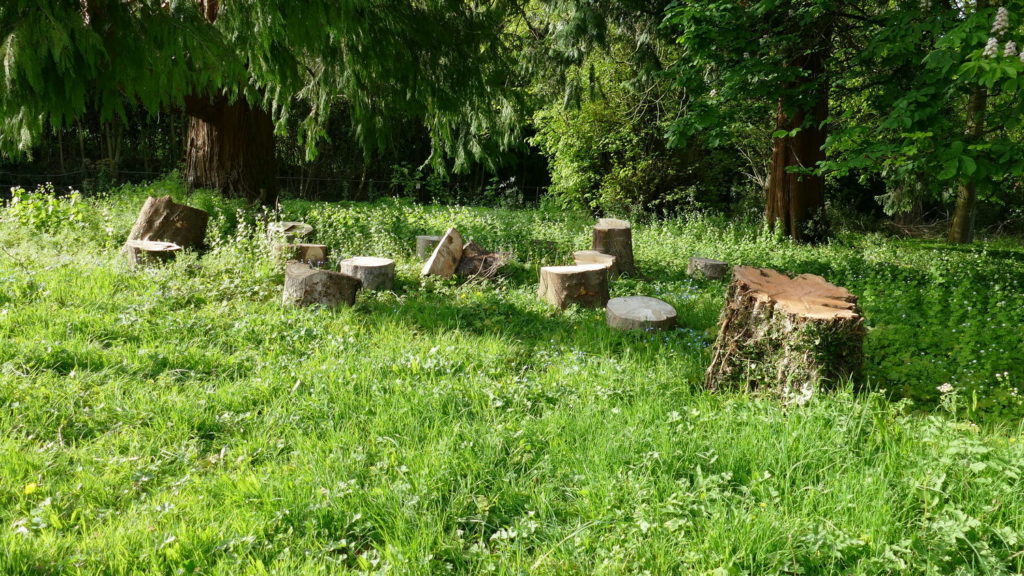
Development of a carbon capturing hedge. As small trees and shrubs become available, they will be added to the area of the churchyard allocated for advanced carbon capture. Here we have planted the crab apple that was part of the Easter Garden inside the church.
